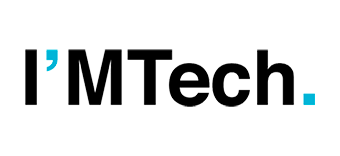New wind for indoor air quality
A research team from IMT Atlantique has developed a new method for analyzing the microorganisms in indoor air. Unlike traditional methods, this approach facilitates representative sampling over long durations. This is good news for a concern that often takes a back seat.

